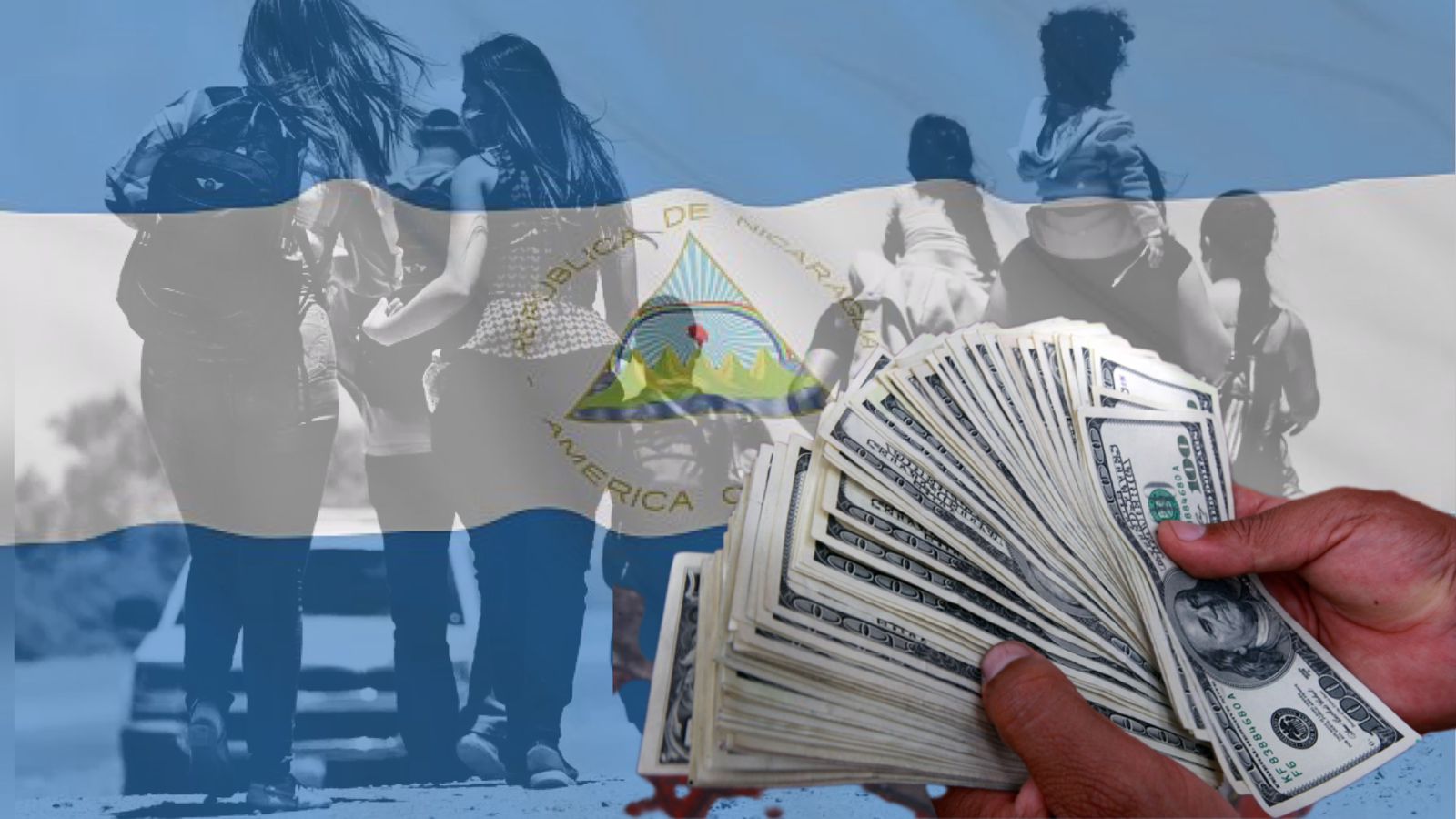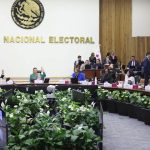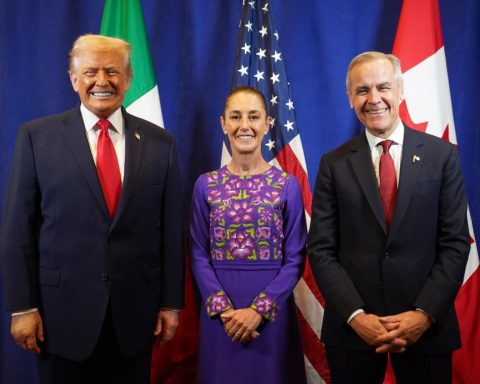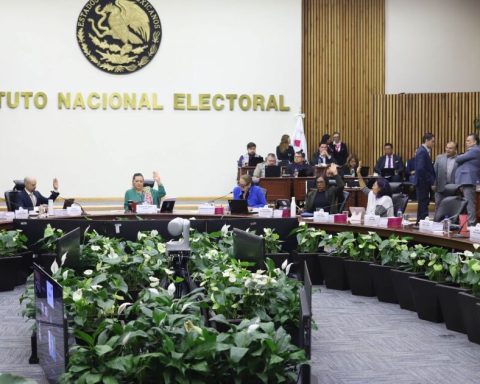Remittances sent by Nicaraguans who have been forced to emigrate to seek better living conditions increased by 10.8% in the third quarter of this year compared to the same period last year and, although the United States continues to be the country of origin of greater amount of dollars remitted, Nicaraguans in that country have begun to reduce the amount of money they send to their relatives.
The most recent report on the evolution of remittances, published by the Central Bank of Nicaragua (BCN) this Thursday, October 24, indicates that, during the third quarter of this year, 1,350.5 million dollars entered the country, which represents an increase 10.8% compared to that registered in the same quarter of 2023, when a total of US$1,218.5 million arrived in the country.
Official data from the BCN indicate that, until the end of the third quarter, accumulated remittances totaled 3,828.3 million dollars, which marks a growth of 11.5% compared to last year, when, until September, they accumulated US$3,433.5 million.
The US is the main country of origin, but Nicaragua sends less money by remittance
The main countries of origin of remittances received in Nicaragua are always led by the United States, from where 1,121.9 million dollars arrived (83.1 percent of the total) between last July and September.
The BCN points out that, although the flow of remittances from the northern power increased by 10.3 percent (+US$105.0 million) compared to the same period in 2023, this increase was due to the increase in the number of transactions that grew by 17.4 percent, however, the amount of money that compatriots have been able to send by remittance decreased by 6.0%.
Related news: Control over remittances is “state terrorism”, it has nothing to do with the FATF, nor prevention of money laundering
That is, those in the United States have been able to send less money, but the number of compatriots working in that country has increased; however, so far this year, “remittances from the United States totaled 3,166.2 million, for a growth of 11.5 percent compared to what was observed in the same period of 2023 (US$2,840.0 million).”
Costa Rica and Spain
From Costa Rica, 100.6 million dollars arrived in Nicaragua (7.4% of the total), while from Spain 78.9 million dollars (5.8% of the total) arrived in the Nicaraguan economy. From Panama they were 13.3 million dollars (1.0%), and from Canada with 9.3 million dollars (0.7% of the total).
Managua, Matagalpa and Chinandega, the departments that receive the most remittances
BCN figures detail that the departments that received the most money in the form of remittances from abroad during the last quarter are: Managua, which received 333.8 million dollars (24.7% of the total); Matagalpa, with 143.0 million dollars (10.6% of the total), and Chinandega with 121.7 million dollars (9.0% of the total).
Commercial banks earn millions from remittances
Another detail revealed by the BCN is that, “of the total received in the third quarter, 99.5 percent (US$1,343.4 million) were received through commercial banks and specialized agencies, which meant an interannual increase of 10.9 percent (US $1,211.9 million in 2023).

Commercial banks alone channeled, during the last quarter, 1,096.9 million dollars, for an interannual growth of 15.2 percent (US$ 951.9 million in the same period of 2023).
Related news: Sandinista dictatorship approves law to monitor those who send and receive remittances in Nicaragua
Meanwhile, specialized agencies (such as Western Union and others) raised 246.5 million dollars, registering a year-on-year decrease of 5.2 percent (US$260.0 million in the third quarter of 2023).
According to analysts, the million-dollar remittances that arrive in Nicaragua represent approximately 28 percent of the country’s Gross Domestic Product (GDP); it is that money that maintains the dynamism of internal trade.


















